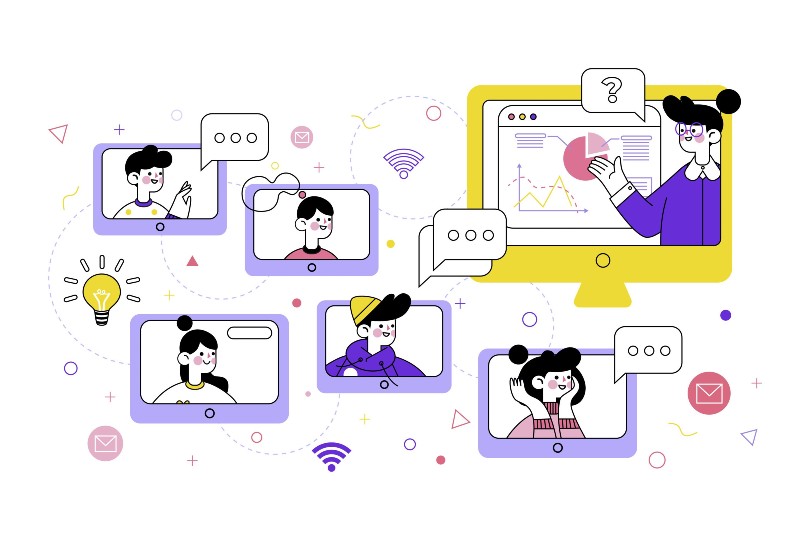Many colleges and universities are undertaking a digital transformation in teaching to improve the ways in which many of the significant roles of the university are promoted. Integrating the digital changes in society into both the learning and teaching process is an extremely complex task. Certain measures have to be carefully thought out, considered, and implemented at the same time to function.
Below are the 6 ways digital education is transforming teaching methods today:
1. Integrating technology in schools
The education sector is still largely based on traditional learning styles and mediums. We find many schools and colleges still using classroom-based teaching with students attending the classes round-the-clock. However, a significant number of educational institutes are integrating technology in imparting education to students. With the arrival of the Internet, global integration and socialization just became easier and faster.
The good thing is that the Internet is now becoming part of everyday digital education, where students and teachers alike are encouraged to use it daily in their learning and teaching activities. A significant number of teachers use online teaching platforms for coaching, and students use these platforms to get an education.
2. How technology is changing education
Online learning has, therefore, revolutionized the way education is acquired and delivered. The use of different techniques such as audio-video conferencing and social integration via different social media tools has made cloud-based learning highly popular among schools and higher-level students.
Today, teachers have the discretion of offering education from any remote place. Similarly, students can obtain a degree, such as taking an MBA with the help of admissions consulting while they’re in the comfort of their home or while working.
3. What does digital transformation in teaching mean?
Digital transformation in teaching is a multifaceted business strategy, applicable across all industries, to resolve traditional business challenges. This paves the way to many innovative opportunities through the use of technology.
With digital transformation, acceptance of the new ways of thinking out of the box, working on a solution for better user and customer experience, and executing plans is required. It is not the use of a basic hardware or software upgrade (even though these can play their respective roles) in education.
Digital transformation in teaching is a philosophical and physical change created to meet the campus, faculty, and students’ ever-increasing demands to create a learning environment where everything connects. This digital environment blends security, services, and technology to connect the digital gap to create interactive, collaborative, and personalized learning experiences.
4. Important aspects of digital learning
Digital learning offers advantages to the students and gives educators a chance to upgrade and improve their teaching skills based on the wants and needs of today. By combining technology in the classroom, educators raise their abilities to create leaders of the future. Below are 5 of the most important aspects of Digital Learning:
- Learning opportunity for educators
- Ease of sharing
- More engaging than traditional schooling techniques
- There’s more wealth of information available
- Personalized sharing
5. Which application is best for online teaching?
Despite the benefits of all the tools, few people in the society had obligations against it. Nevertheless, the advantages were strong that everyone had to accept it. Similarly, there were changes in schools and classroom technology. Earlier schools were not tall buildings and huge premises, but they were either homes or a social place where people used to meet for a chat. Nowadays, online learning is possible with the use of applications for online teaching.
Here are some of the most used applications:
- Zoom
- Google Docs
- Schoology
- Brightspace
- Canvas
6. How digital standardized testing affects students (Online SAT And ACT)
Digitized standardized tests are thought to predict how well students will do in the schools they apply to. Studies have shown that standardized tests predict success more accurately than subjective assessments, such as interviews, which, in fact, are no better than tossing a coin in predicting a student’s success at a particular school. It is also true that testing predicts success less well than other aspects of a student’s application, such as work or intern experiences. Those things are impossible to quantify, however, and so can’t replace testing entirely.
Final thoughts
Educators have especially benefited a lot from the use of technology in school, and especially the Internet. They can now download templates and term plans that have been prepared by either people from elsewhere for a fee or get it free. It is always as if someone has done their work for them and keeps the pieces ready to download and use. As they exchange information and news with other teachers from elsewhere, they become more informed and are better able to teach their students, thanks to the emergence of technology and digital education.

